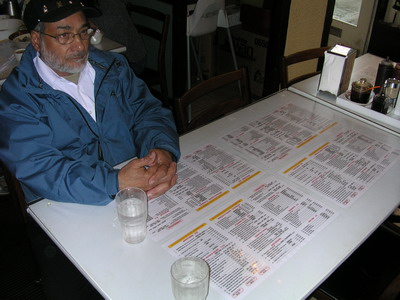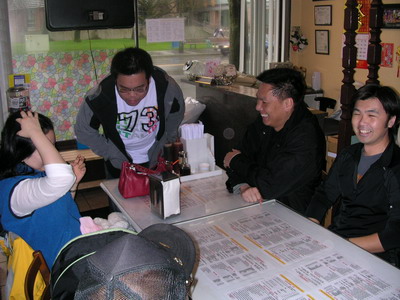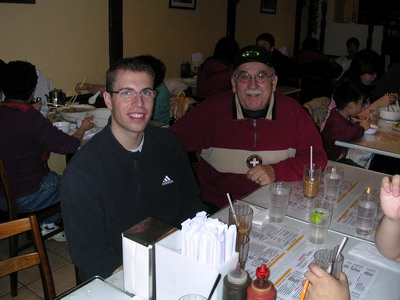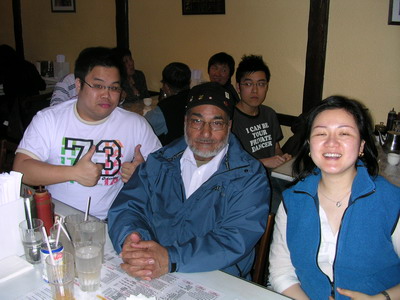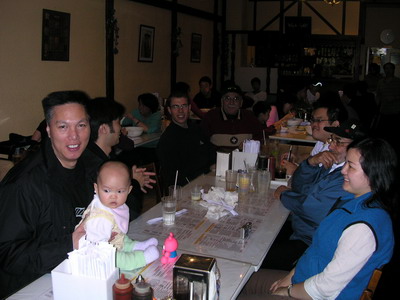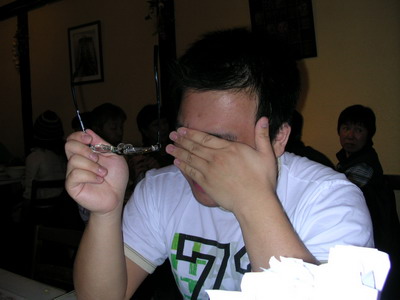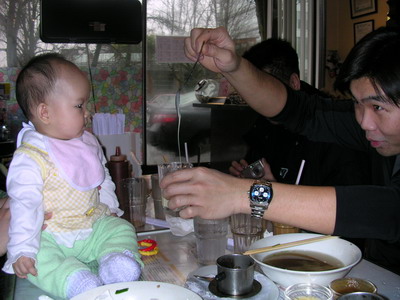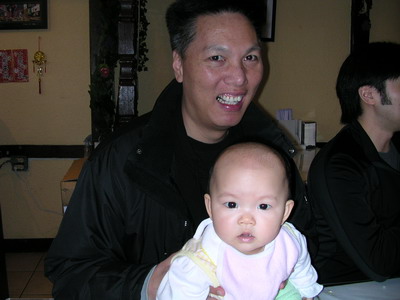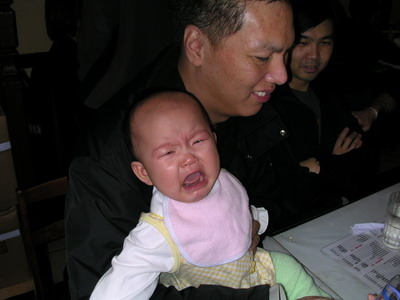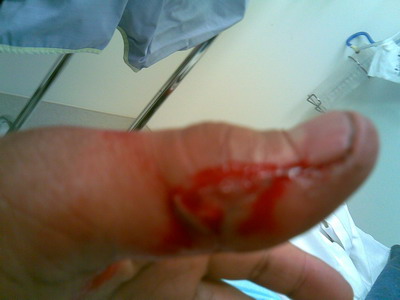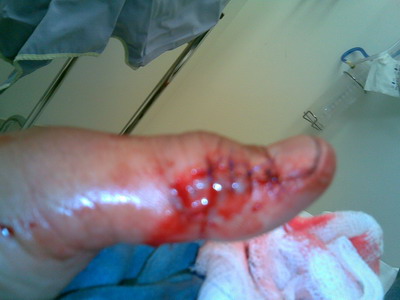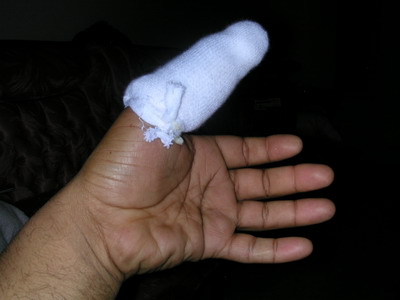Trigonomety for Dummies
I’m a Steel Fabricator (a dummy), and god knows I need to know Trigonometry. As a Steel Fabricator I need to utilize some basic Trigonometry ratio’s (or functions) to help in some everyday fitting to very complicated fitting which have multiple angles involved to create the finished fabricated product.
I use the Tangent of a rise to run ratio to get angles for cuts I burn on a beam, to bends to be made on a plate, and the angle to which I fit a plate to a beam. That is the BASIC trig I would use at work during the fitting process, should an angle or dimension not be provided and I have only the working bevel to get the desired angle. A framing square doesn’t always work for all fitting applications. So we have to fall back to our days in class during level 3 and/or 4 to help us recall how we figured out these angles.
While in school, (the 5 week in-class portion of my Apprenticeship program when I attended – had changed since) I need to combine all 3 basic Trigonometry rules for the questions and exercises and eventual test we are given.
While in high school we were taught the old trusty mnemonic, SOH-CAH-TOA(pronounced “so – ka – toe – ah”) to allow us to remember these functions of the SINE, COSINE and TANGENT, of an angle.
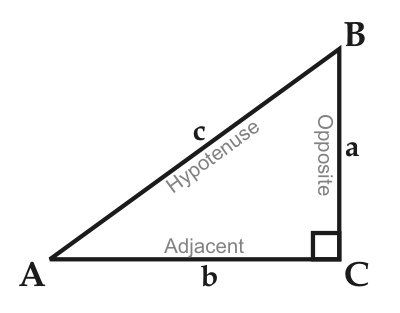
Using the above picture we come up with the following.
The SOH stands for “Sine of an angle is Opposite over Hypotenuse.”

The CAH stands for “Cosine of an angle is Adjacent over Hypotenuse.”

The TOA stands for “Tangent of an angle is Opposite over Adjacent.”

I came up with my own version of these that apply a little bit better for the math for a Steel fabricator, which brings us to my Sac(k) of Tab (cola) on the CBC. “Canadian Broadcasting Corporation” you say? well no not quite “that” CBC, but I figure if I was going to make up some sort of mnemonic of my own, CBC will have to do. I hope my own version will help out future Apprentices to come. So here we go.
My version also uses the right angle triangle and “always” works off of angle (A).
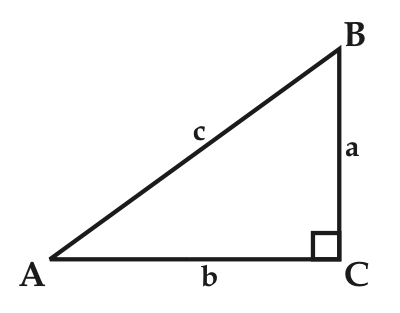
I just drop the old Hypotenuse, Adjacent, and Opposite tags to form my own, which uses the letters of the sides “a”, “b” and “c’.
Along came my Sac(K) of Tab (cola) on the Cbc.
The Sac stands for Sine of angle (A) is side “a” over side “c”.

The Tab stands for Tangent of angle (A) is side “a” over side “b”.
The Cbc stands for Cosine of angle (A) is side “b” over side “c”.

I hope you are with me so far.
These are the only equations you need to remember for the problems we encounter in class and I suppose if we really need, to apply to our problems in the shop too. The other thing that I found which was confusing some of my fellow class mates was when do we use the 2nd Function and when do we use the first functions of these SIN, TAN, and COS buttons on the calculator. Yet again there was a simple thing to remember, to help you when to use which button. As a rule remember that the 2nd function button is used when finding Angle (A), and the first function used when finding the length of an unknown side. The last item I will leave you with to think about and apply in your calculations is a simple little visual that should leave no questions of when to Multiply and when to Divide by the SIN. TAN or COS of Angle (A). I leave you with the following.
Using the grade 3 math, that 6 divided by 3 equals 2. Just change the numbers around to know that 2 multiplied by 3 equals 6 and also 6 divided by 2 equals 3. I know some of you are probably laughing at this and I understand why, but not everyone was or is a math Whiz-kid. That simple little visual at the top of your questions paper allows you to exchange the numbers for the letters in the Trig equations and solve for each unknown a little easier because of the relative easy math involved with 6/3=2.
I Hope this helps some of you that are struggling with the basics of the Trig we used in the class portion of the Steel Fabrication Apprenticeship program and I wish you all luck with your time with Trigonometry.

